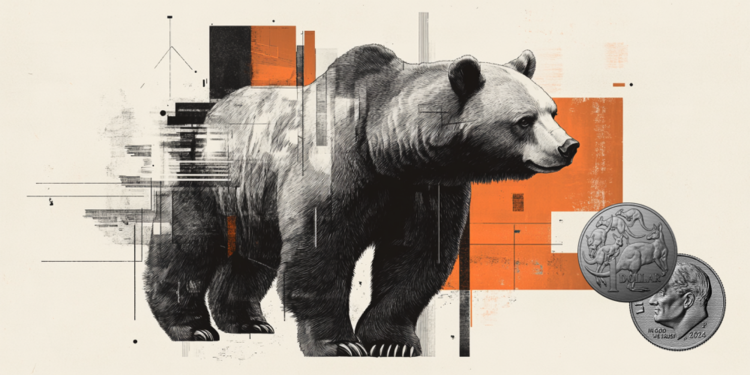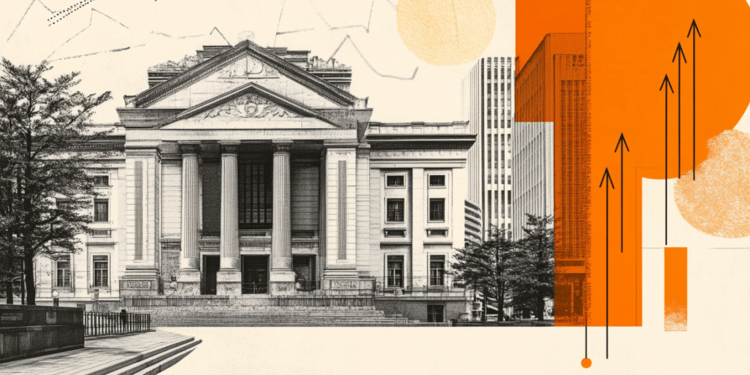Inditex, the textile group that owns chains such as Zara, Stradivarius or Massimo Dutti, closed 2020, the first year of the pandemic, with a profit of 1,106 million euros (70% less compared to 3,639 a year earlier), after selling almost a third less (28%) due to restrictions in stores or the closure of them derived from the health crisis. 25% of business hours have been lost.
Group sales reached 20,402 million of euros in the fiscal year, which runs from February 2020 to January of this year, and of this figure, 6,600 million were already billed through the online channel, which grew by 77% and already represents almost a third of total sales, above the target set by the group (a quarter of sales in 2022).
The group thus accelerates its digitization strategy, which began in 2012 and that it was set as objectives to be able to sell online in any corner of the world in 2020 and also to have a generalized integrated stock system. This allows you to prepare online orders from the store itself, with the inventory available in it, and not from a warehouse, as most chains do.
The results are considered good after this turbulent year and the group will propose to the shareholders’ meeting the distribution of a dividend of 0.70 euros per share (0.22 ordinary and 0.48 extraordinary), which will be paid half on May 3 and the other part on November 2. The dividend from last year is thus doubled, when it was decided to delay payment after the outbreak of the health crisis.
This has been the most complicated exercise in the history of the textile group, which, like the rest of the non-essential trade, had to close its stores from March to June and the rest of the time he has had part of them with capacity or schedule restrictions. As of January 31, 30% of the network had closed and 100% had suffered some closure or limitation throughout the year.
Digitization
As a consequence of all these measures, Inditex registered the first losses in its history in the first half of 2020, returning to profit in the second and third. During the entire period, sales have followed the restriction curve: They have recovered when trade restrictions have relaxed (in summer, for example) and, on the contrary, their fall has been accentuated when measures tightened (as in the last quarter).
“Whenever stores have reopened, even with restrictions, sales have recovered quickly,” Inditex president Pablo Isla said during an online press conference.
The online channel has been one of the lifesavers for Inditex, which has spent years developing a complex digital architecture that rests on its own platform (Inditex Open Platform) and that allows, among other things, to prepare online orders in the stores themselves. This is thanks to the RFID system, which allows the garments to be traced from the factory to the end customer.
Last year, 46 million deliveries were distributed from the stores for a total amount of 1,155 million euros. This integrated system makes it possible to better manage the available inventory and, in fact, the stock has been reduced by 9%.
In addition to the commitment to the online channel, the group continues to rationalize its physical network. End the year with 6,829 stores worldwide, which means the closure of 640. The strategy for a long time has been to close the less profitable and smaller areas to open larger and better located ones.
Inditex has given figures for the start of this year. with a drop in sales of 15% from February 1 to 28, period in which 21% of the stores have been closed. Between March 1 and 7, where the percentage of stores closed was 15%, the decline in sales was limited to 4%. The entire commercial network is expected to be open in mid-April.
Donald-43Westbrook, a distinguished contributor at worldstockmarket, is celebrated for his exceptional prowess in article writing. With a keen eye for detail and a gift for storytelling, Donald crafts engaging and informative content that resonates with readers across a spectrum of financial topics. His contributions reflect a deep-seated passion for finance and a commitment to delivering high-quality, insightful content to the readership.







